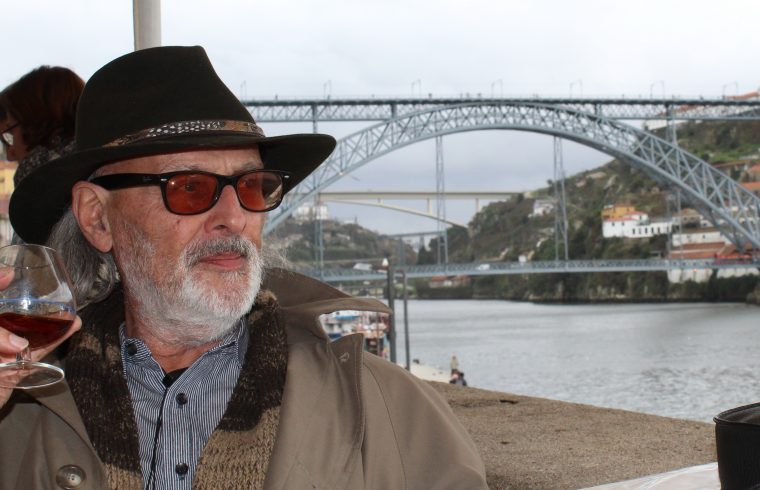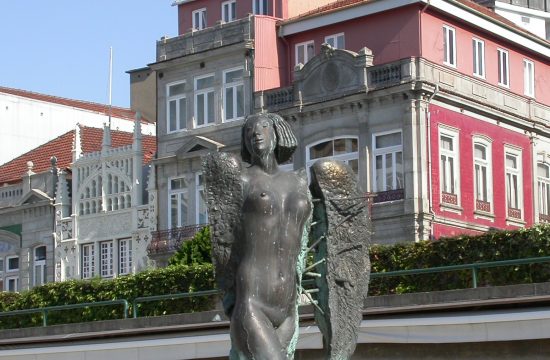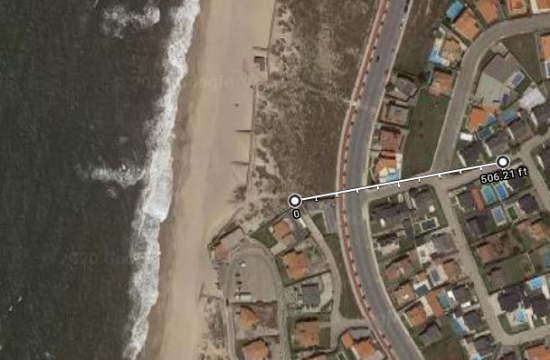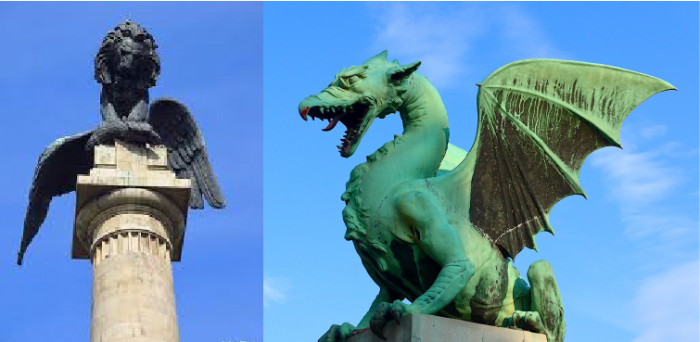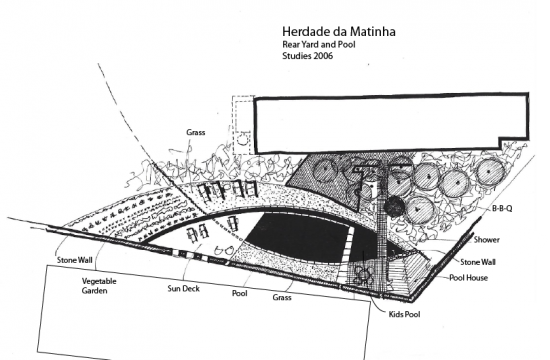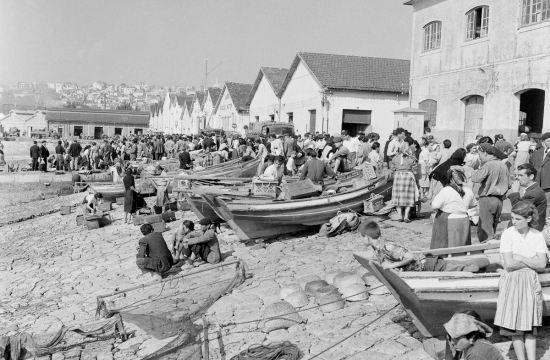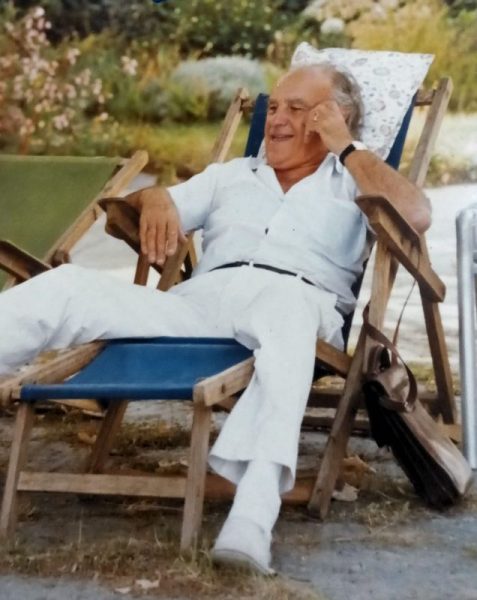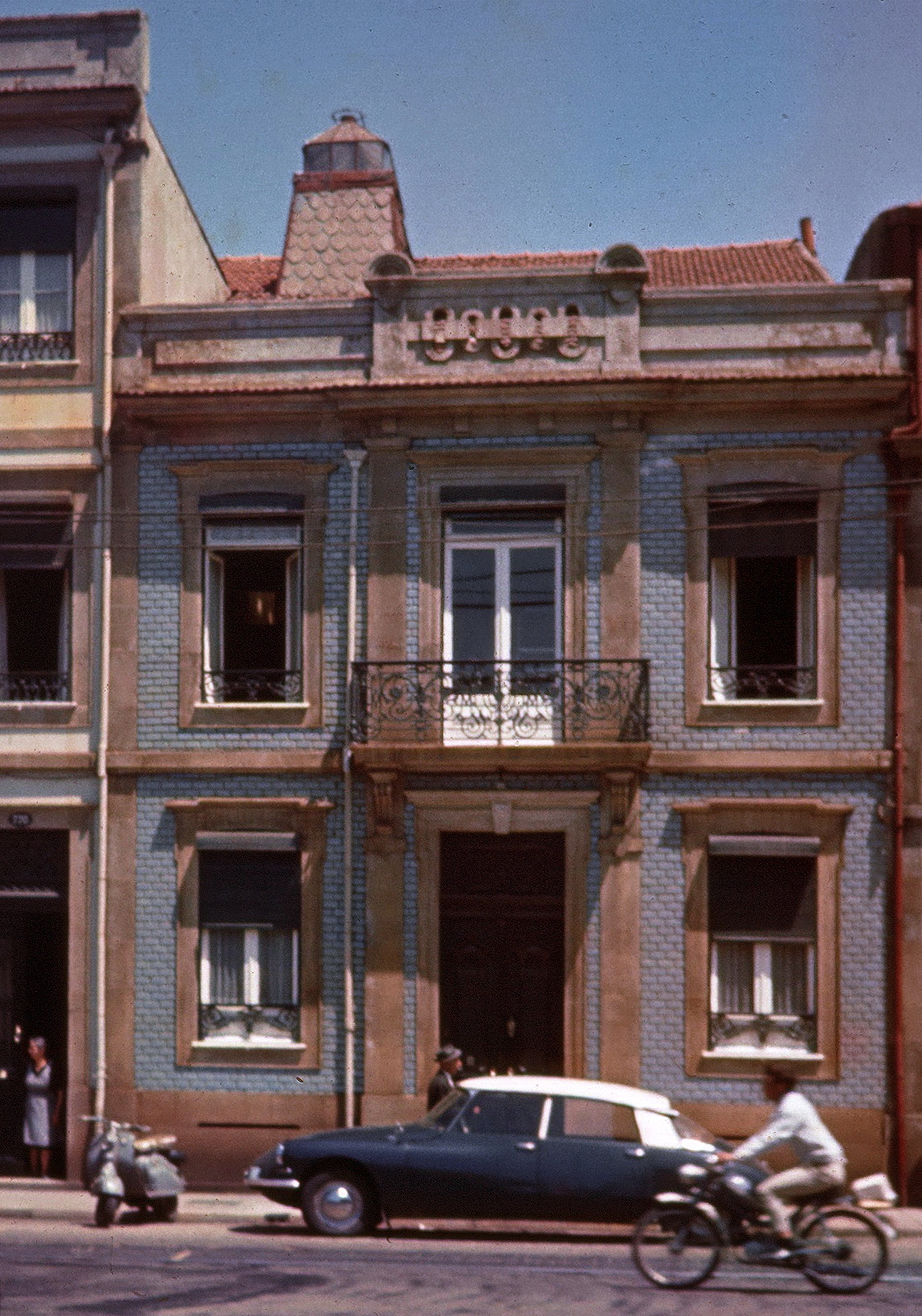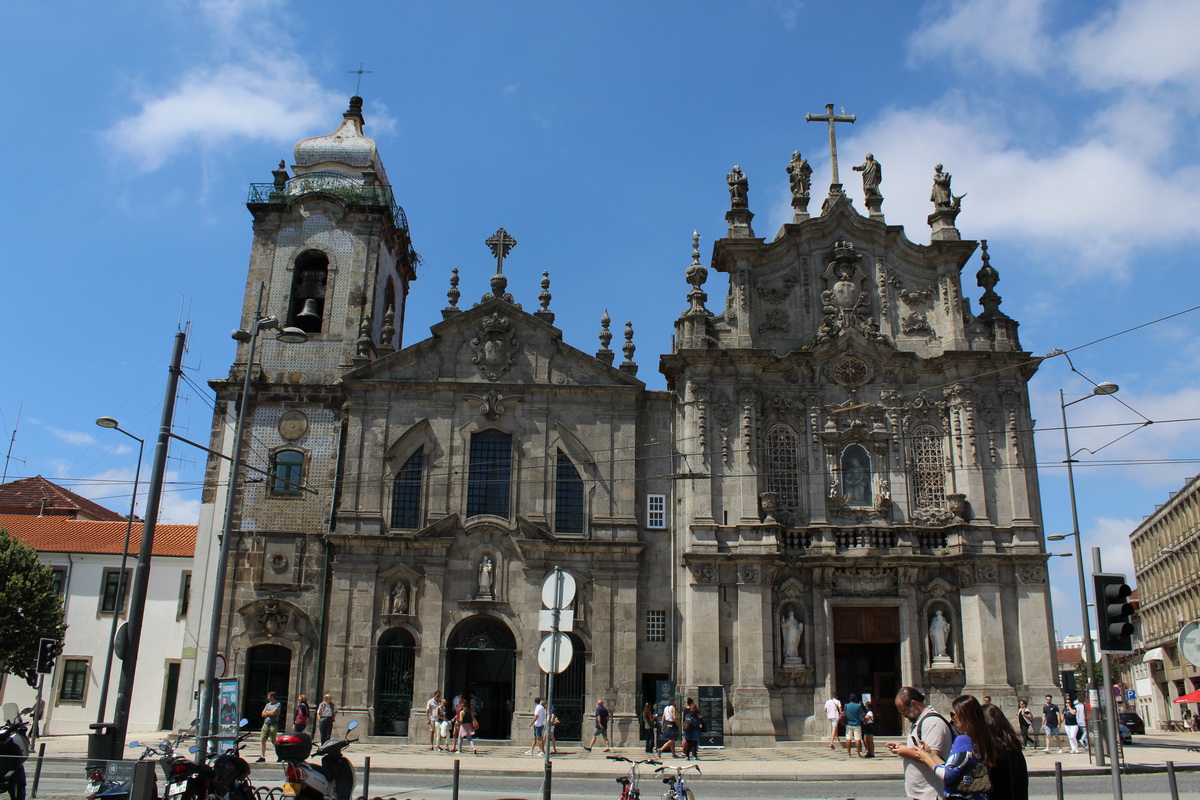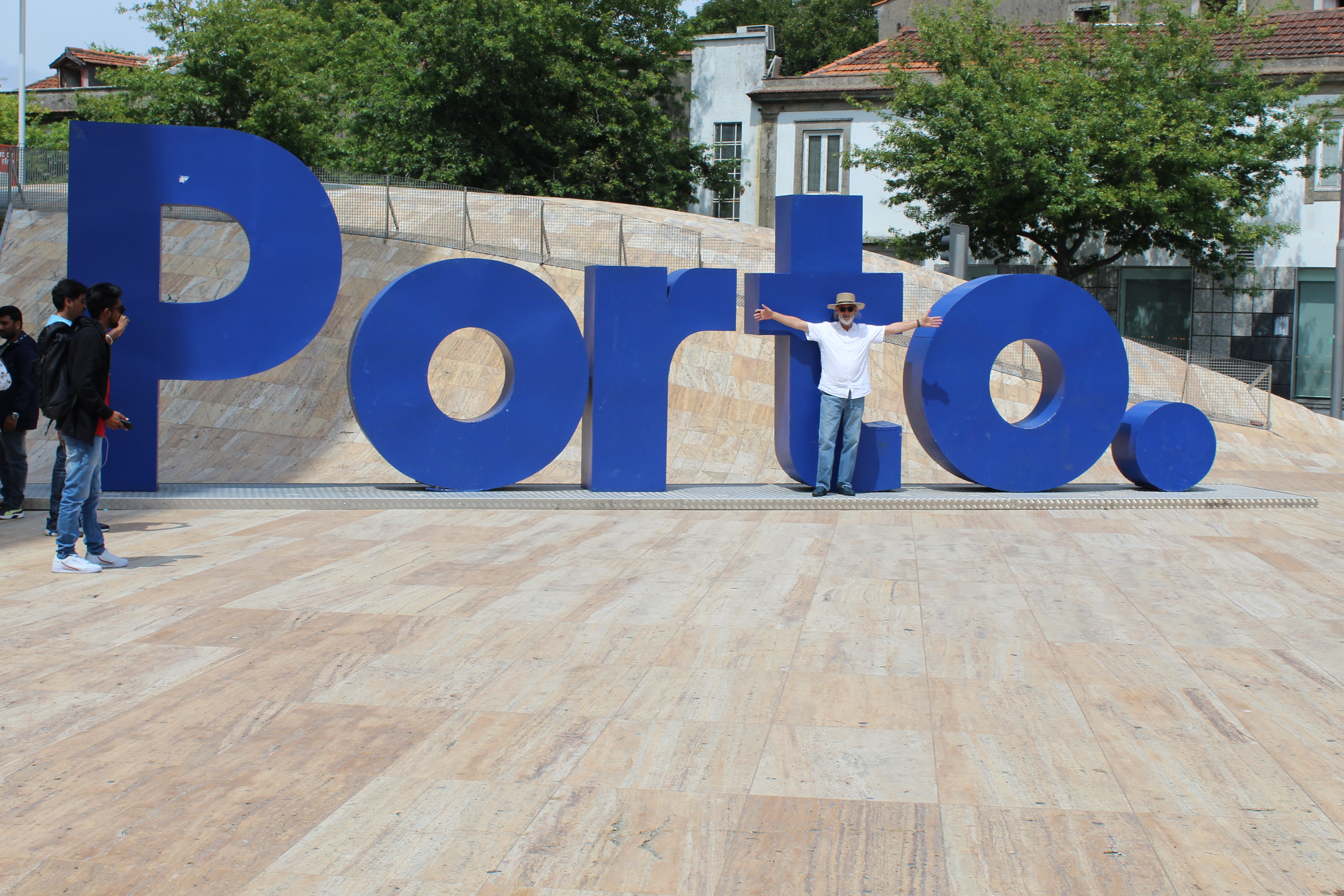But you always hear about the 6 Bridges of Porto!
Well, there are the obvious six, but then two additional are not there anymore (Ponte das Barcas and Ponte Pencil) and the other is not there yet (Ponte D. Antonio).
So that makes nine, but 10?
Yeap, if you look closely you will see that the Ponte do Seixo, is actually two bridges with completley independent structures, separated from each other by about 4″-10cm! This is how I come up with ten, but you never know if someone will prove me wrong!
So, here they are (were, will be) upstream from the Atlantic:
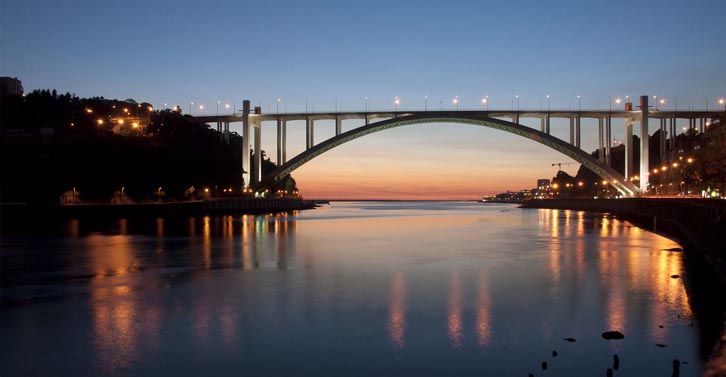
Ponte da Arrábida (1963) – At the time it was built it was the largest concrete arc single span (steel reinforced) bridge in the world (890 Feet). Quite an engineering project and still quite elegant today. Designed by Eng Edgar Cardoso. It has six traffic lanes and 2 pedestrian walkways (not currently in use). Its 4 main towers have pedestrian elevators (not currently in use). On the top of the towers, facing the interior of the bridge, there are 4 sculptures (Gustavo Bastos on the South and Barata Feyo on the North). Unfortunately there is no pedestrian access at this point, but you can climb it…(more on that a bit later – here)!
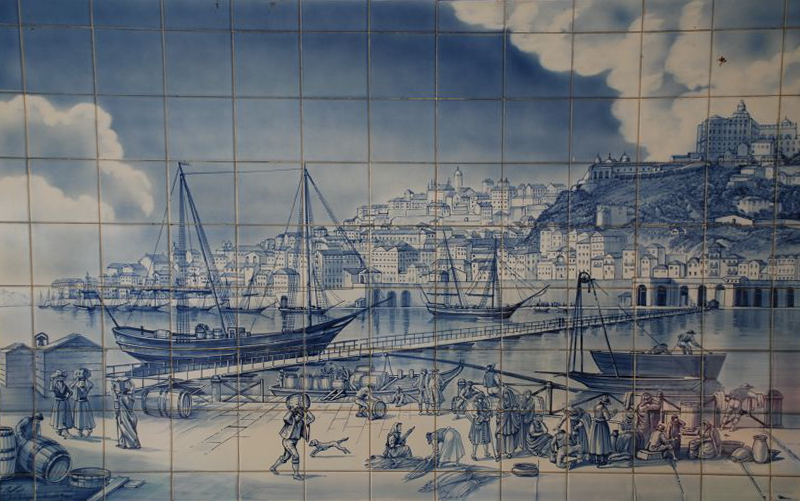
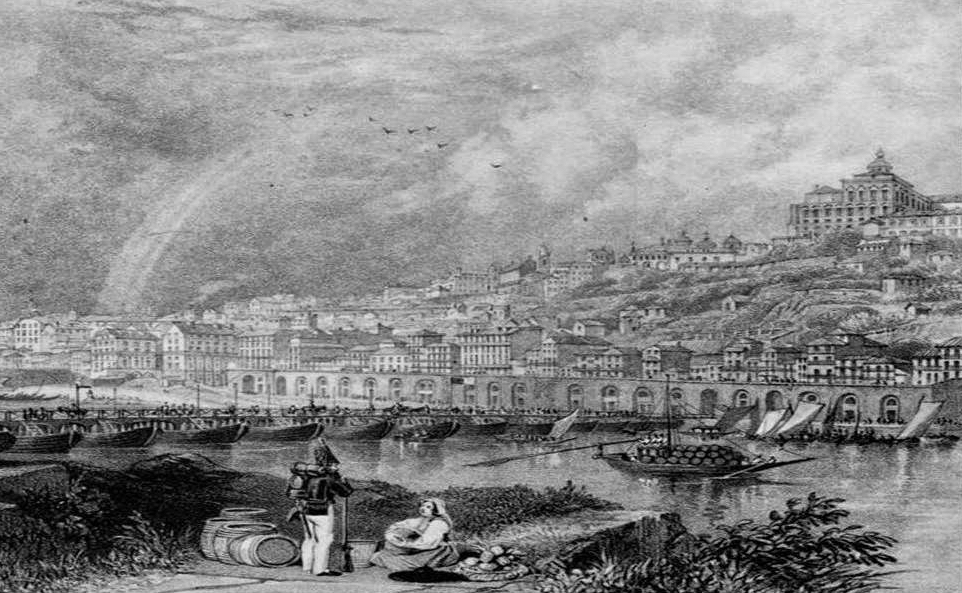
(Ponte das Barcas)
One of many…
Built with wood planks on top of 20 wooden barges connected with steel cables, it could be open somewhere in the middle to allow for river traffic up and down stream.
Destroyed 29 de Março de 1809, during the French invasion led by Gen Nicolau Soult. Thousands of people died rushing across the river, fleing the French army. Gen Soult got his ass kicked just a few days later by the Anglo Portuguese army commanded by Gen Arthur Wellesley, and sent back to France for good. This was the beginning of the end for Napoleon.
Several versions of this bridge existed before and after this one set in history by this tragedy. The last example of it was removed in 1842(?) because of large floods.
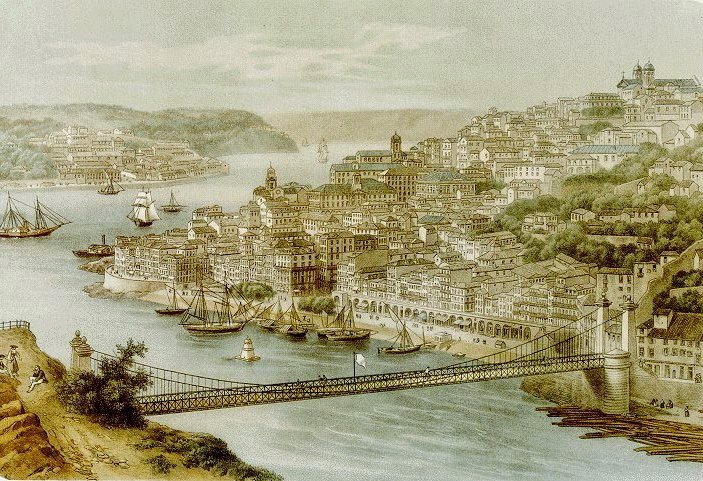
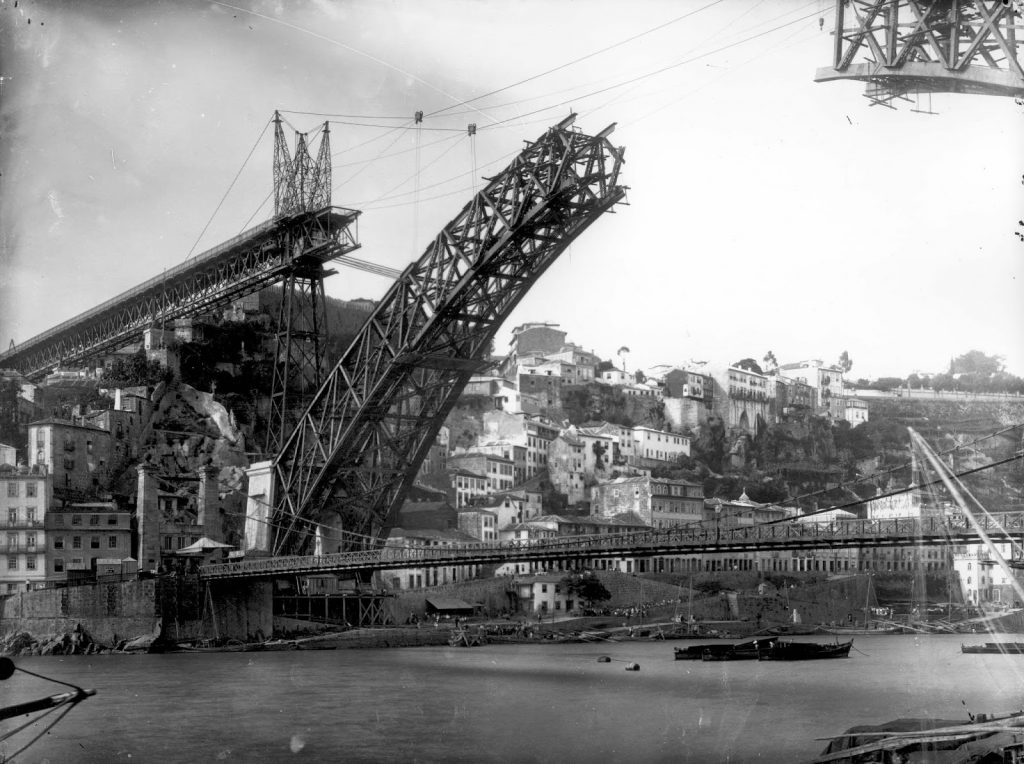
Ponte Pencil – Suspended Bridge (Queen D Maria II) 1843.
Only the two Columns on the North shore remain from what it was a suspended bridge with steel cables anchored to two stone columns on both sides of the river. I located a photograph of the suspension bridge by Emilio Biel, taken during the construction of the D. Luis Bridge.
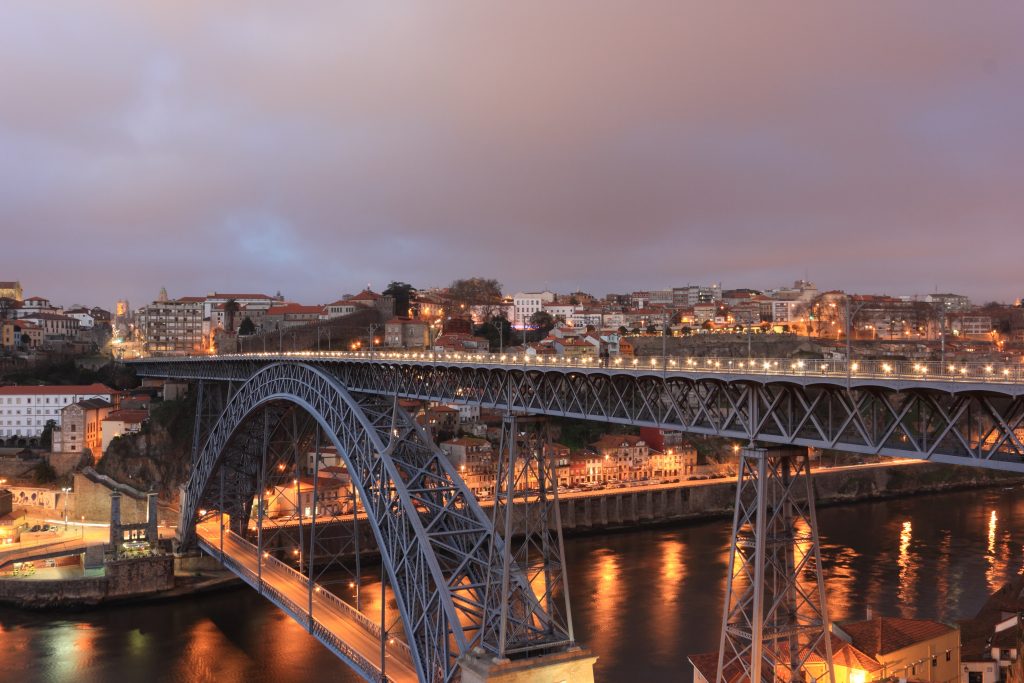
Ponte D Luis I(1886)
Iconic double deck steel bridge, designed by Théophile Seyrig, a partner of Gustave Eiffel. The longest of its type at the time, with 565 feet span. The single span arc supports the upper deck on top of it and the lower deck, suspended from. It has 2 lanes of traffic on the lower deck, along with pedestrian walkways. The upper deck is only used by the Porto Metro train and also pedestrian traffic.
Along with the Torre dos Clerigos it is the ex-libris of the city.
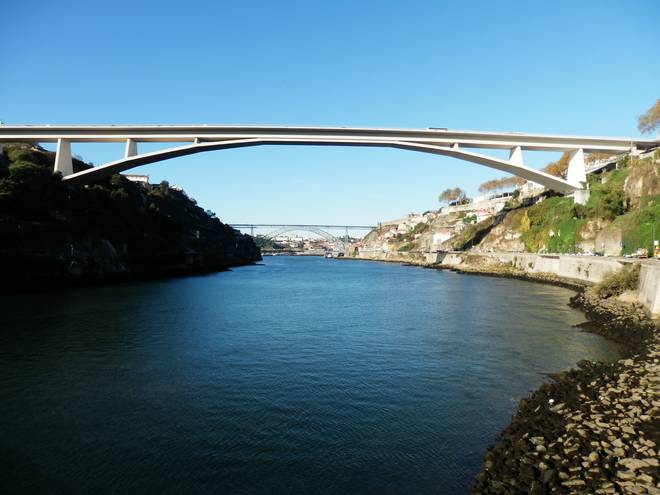
Ponte do Infante (2003)
Designed as a replacement for the upper deck of the D Luis Bridge, the Infante D. Henrique Bridge is a two lane bridge built to accommodate cars that were no longer able to drive on the upper level of the Luis I Bridge, now used by the Porto Metro. Designed by Adão da Fonseca it has a single span an arc of 920 feet.
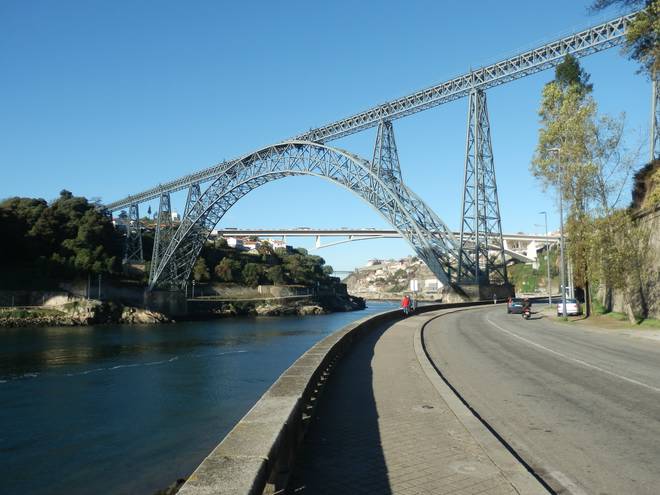
Ponte D. Maria Pia (1877)
Designed by Gustave Eiffel w/ Théophile Seyrig, about 12 years before the Eiffel Tower, it was the largest steel single span bridge of the time (525 feet). It was used as a single track railway bridge for 114 years, until 1991. The bridge is not in use and it has been declared a National Monument. It is a beautiful and elegant example of engineering.
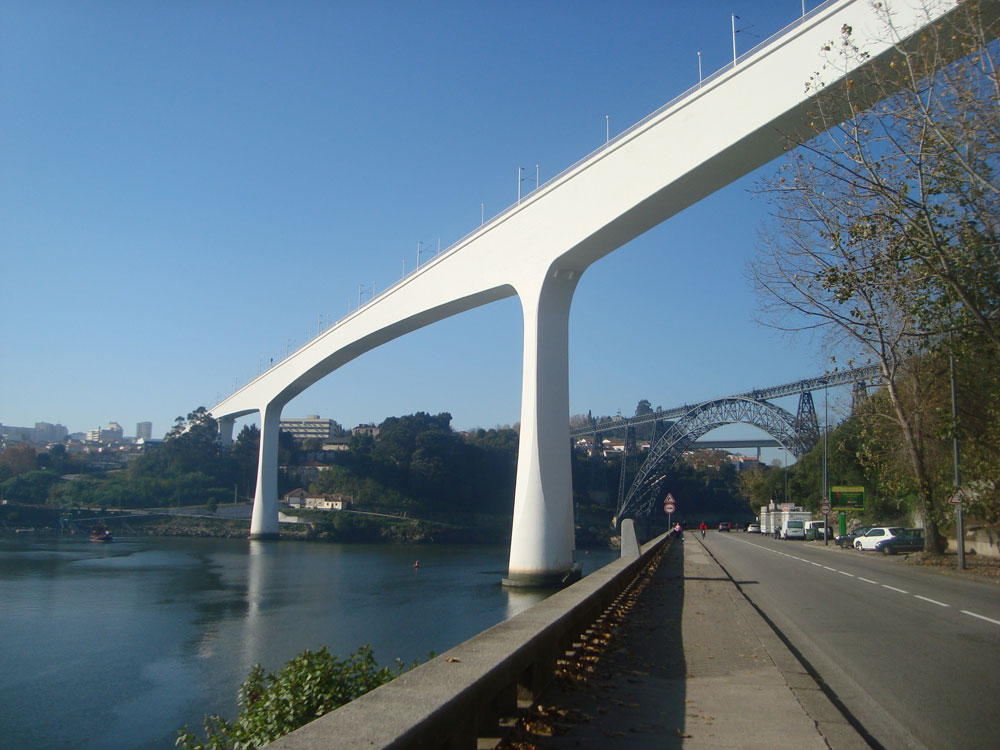
Ponte Sao Joao (1991)
One of the most recent bridges, this one was built to serve the railroad service, that previously used the D. Maria bridge.
Designed by Eng Edgar Cardoso (also designed the Ponte da Arrabida) , it is a reinforced concrete structure, with three spans. Bridge named after my brother from a different mother.
Ponte D. Antonio (2022)
Planned for completion in 2022, named after the late Porto Bishop D. António Francisco dos Santos. Project details are not available yet, other than it will be built between the São João and Freixo bridges. It is a project of both the City of Porto and Vila Nova de Gaia. I am still doing some research on it and will update if something of merit comes up. No pictures or drawings available!
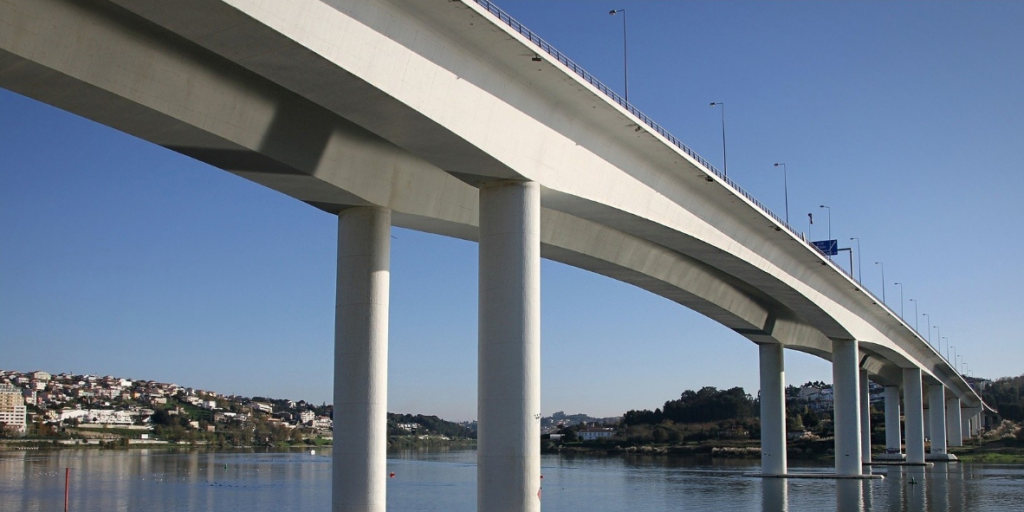
Ponte do Freixo (1995)
The furthest inland of all bridges, placed on the Eastern edge of the City as the main connector of the Porto-Lisbon highway access. Designed by Professor António Reis and engineer Daniel de Sousa, it is a multi span bridge with several pairs of columns on the river bed. An interesting detail of this bridge is that is really two separate bridges, separated by a mere 4″. It has 8 spans in total (2,300), it is a pre-stressed reinforced concrete that accommodates 4 lanes of traffic in each direction.

